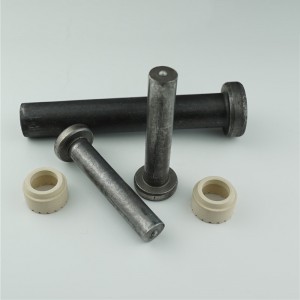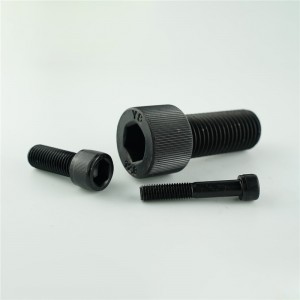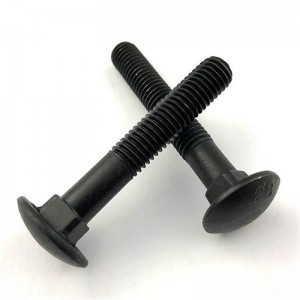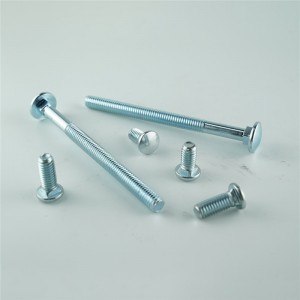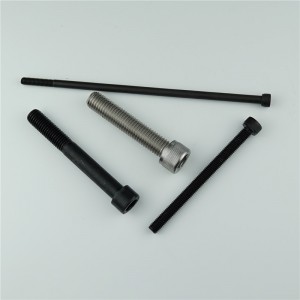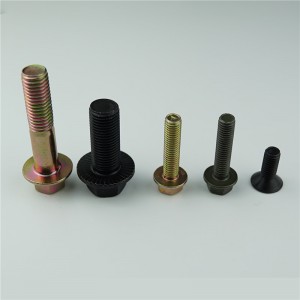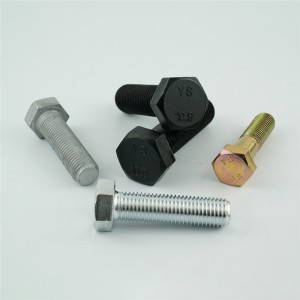plain color Studs with ceramic ring
Product description
The Working principle when the beam and the plate are bent under the vertical load, the shearing force (horizontal direction) of the axial surface is the largest, and the overlapping surface of the laminated beam and the plate member is located there (or close to the vicinity), and many are arranged. The shearing nail is used to resist the shearing force to ensure the normal bending resistance of the beam and the plate.
The structural engineer will determine, which beams will have the shear connectors, so the size of the connectors as well as the number of connectors to be installed. But are specialized subcontractors that will install the shear connectors. And test for the shear connectors integrity is simply striking the side of the shear connector with an iron mallet. This will ensure that the connector has been properly welded to the beam, if not, the connector will simply break off at the point of intersection with the steel beam. The shear connector will have failed due to a shear force.
The shear connectors of our company meet requirements of the following codes:
-ISO 13918: 2008: 2008 Welding – Studs for arc stud welding, type SD1
-AWS D1.1: 2015 Structural Welding Code – Steel, type B
-AWS D1.5: 2002 Bridge Welding Code, type B
-AS/NZS 1552.2: 2003 Australian/New Zealand Standard – Structural Stud Welding
-BS 5400: 2005 Steel, Concrete and Composite Bridges
-GB/T 10433: 2002 Cheese Head Studs for Arc Stud Welding.
-JIS B 1198-1995 Headed Studs.
product Properties
| Forming | Cold Forged |
| Metric Size | M10~M25 |
| Imperial Size | 3/8’’~7/8’’ |
| Material | Carbon Steel, Alloy Steel |
| Finish | Plain |
| Standards | ISO13918 |

Any products that you are unable to find on our site please drop an email to gm@ys-fasteners.com


